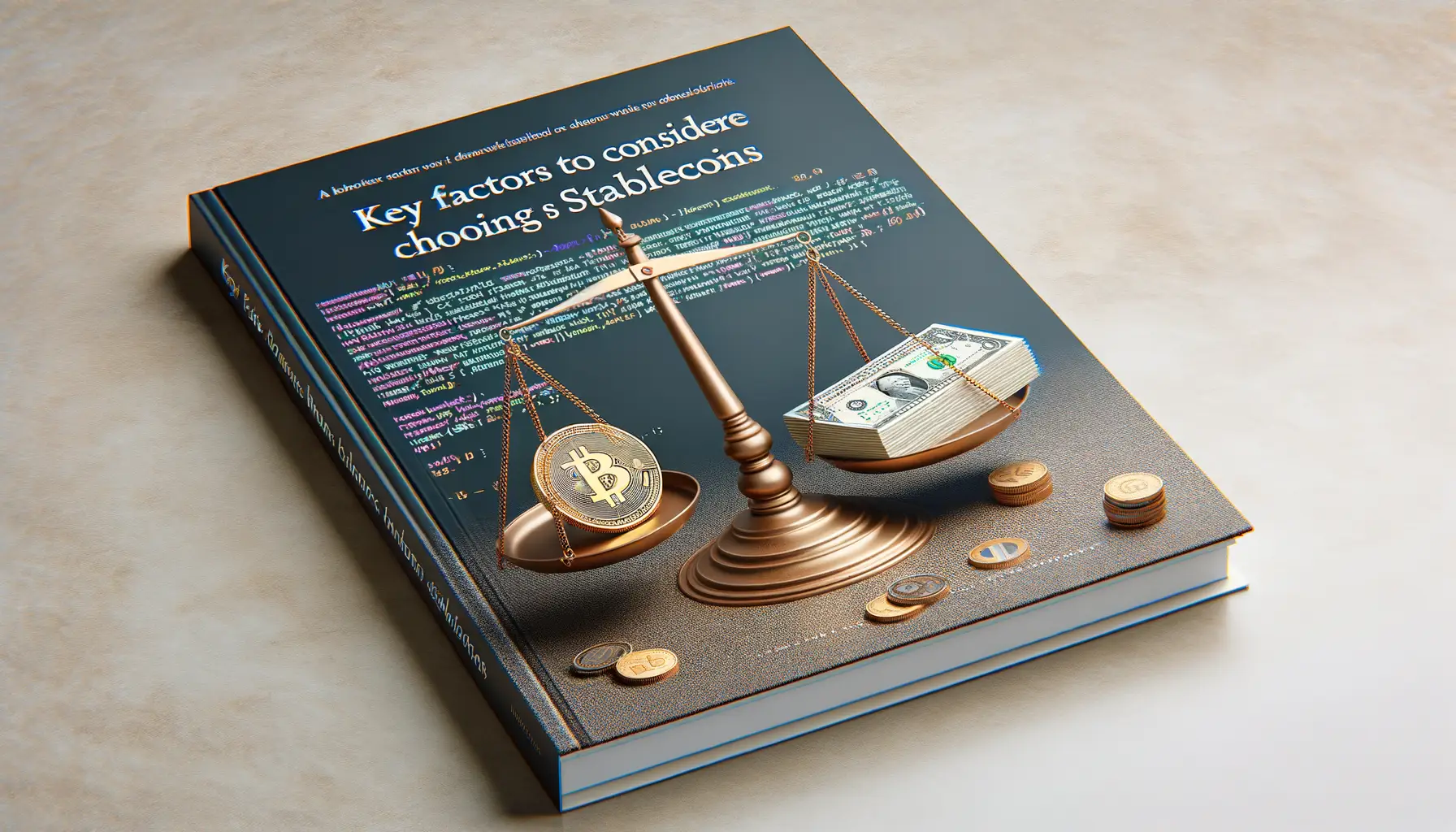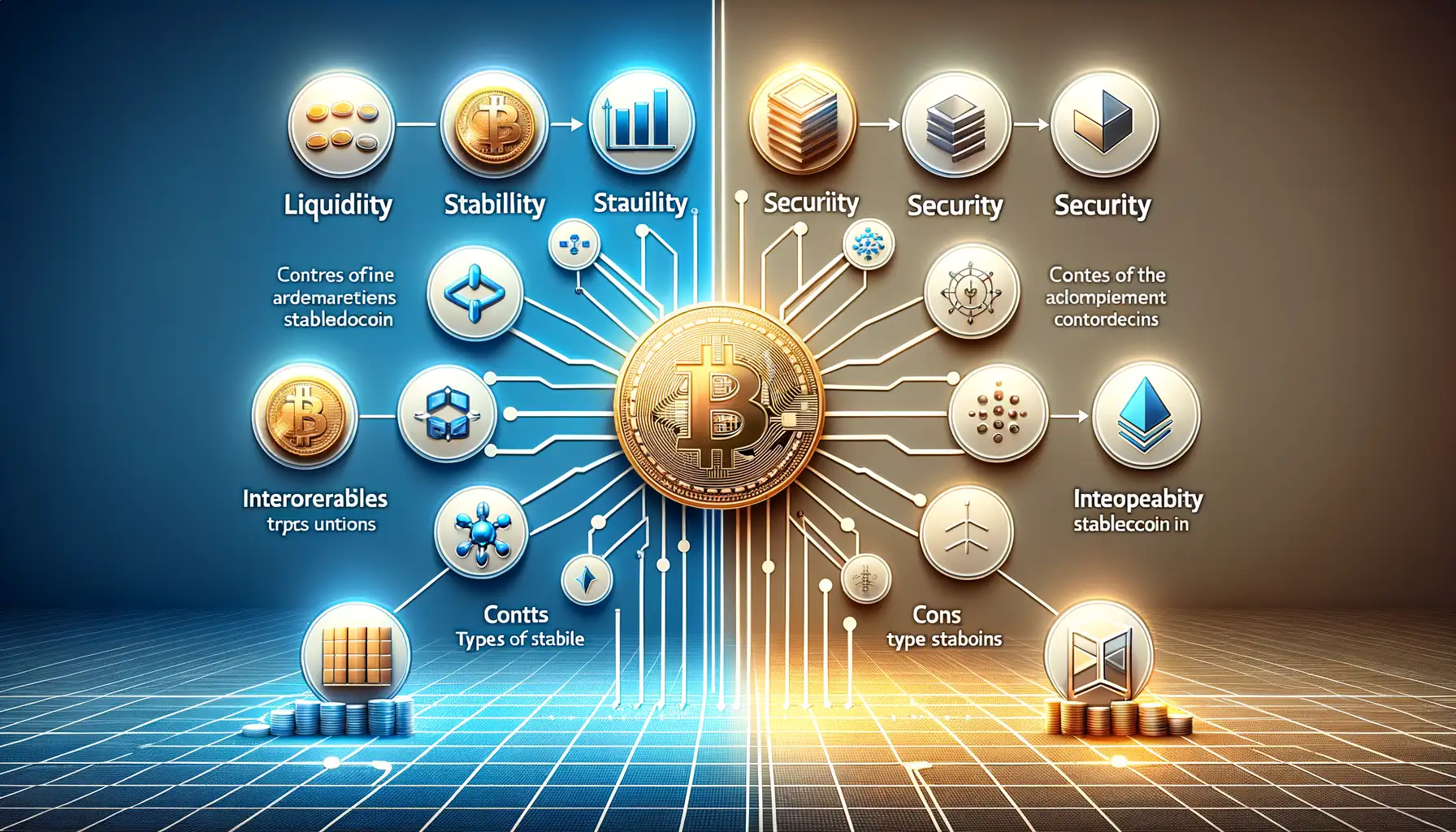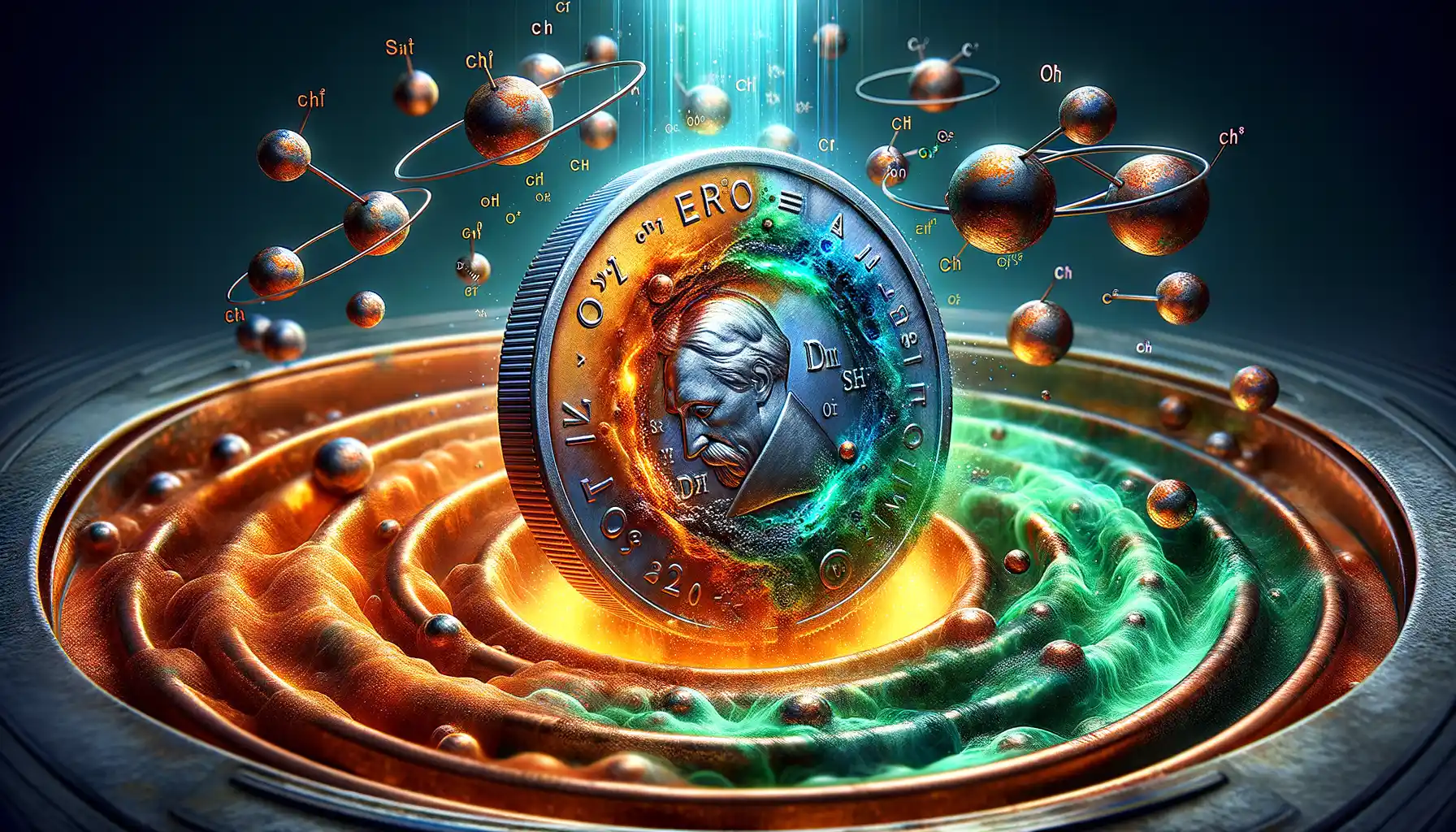What Are Stablecoins and How Do They Work?
Understanding Stablecoins: Your Digital Safety Net
Imagine holding a currency that’s not rattled by the chaos of market swings—a financial anchor in the stormy seas of crypto. That’s exactly what stablecoins are. They’re digital assets designed to keep their value steady, often mirroring the worth of something familiar like the U.S. dollar or even gold.
Here’s the magic: while Bitcoin or Ethereum can skyrocket one day and plummet the next, stablecoins are built like a well-balanced scale. Their stability typically comes from being “pegged” to a reserve asset. Whether it’s fiat currencies, commodities, or even algorithms managing supply and demand, stablecoins have unique ways of keeping your investment calm and collected.
- Fiat-backed: You’ll find these tied to actual reserves like dollars or euros. Think Tether (USDT) or USD Coin (USDC).
- Commodity-backed: Picture digital gold—literally! Coins like PAX Gold are linked to physical gold reserves.
- Algorithmic: No reserves here. Instead, complex tech systems manage the coin’s balance, like a futuristic air traffic controller.
With stablecoins, you don’t have to hold your breath every time the market sneezes. Instead, they offer you a steady and reliable option, whether for investing, trading, or simply hedging against volatility.
Key Factors to Consider When Choosing Stablecoins

Dive Into the Purpose of Your Stablecoin
Not all stablecoins are built alike. Some are like the steady rocks of the crypto world, while others are more like sandcastles—impressive at first glance but prone to sudden shifts. Ask yourself: **why do I need a stablecoin?** Are you looking for a safe harbor during volatile market storms? A tool for daily transactions? Or maybe something to park your funds with predictability?
Understanding the purpose will guide you toward the right type of stablecoin:
- Fiat-backed stablecoins: These are tied to traditional currencies like the USD. Think of them as a digital equivalent of what’s in your physical wallet.
- Crypto-collateralized options: Backed by other cryptocurrencies, they’re often over-collateralized for extra safety but can feel riskier in wild markets.
- Algorithmic stablecoins: Governed by smart contracts, they’re fancy and futuristic but require caution—they’re the rebels of the stablecoin family.
Scrutinize Transparency and Trust
Before trusting your hard-earned money to any stablecoin, think of it like choosing a carpenter to build your house. Would you pick one who relies on vague promises, or the one showing detailed blueprints? Similarly, look for stablecoins that provide crystal-clear audits and reserves. For instance, does the issuer regularly publish reports proving their backing? A lack of transparency is often a red flag waving furiously.
Also, reputation matters. Some names—like Tether (USDT) or USD Coin (USDC)—are as familiar as trusted brands you’d buy groceries from. Research community feedback and how long the coin has remained…well, stable. After all, you wouldn’t keep a life jacket with a history of leaks, would you?
Top Stablecoins for Long-Term Investment

Why Certain Stablecoins Shine Brighter for Long-Term Investors
Investing in stablecoins for the long haul isn’t just about picking any coin that claims stability—it’s about finding the shining stars. The ones that have built-in resilience, a proven track record, and a reputation that feels like a warm handshake. Let’s dive into a few standouts worth your attention.
- USDT (Tether): This giant is the veteran of the space, pegged to the US dollar and embraced by millions globally. Its massive liquidity means you can trade it almost anywhere, anytime—like having cash on hand at all times.
- USDC (USD Coin): Regulated, transparent, and backed by audited reserves, USDC gives investors peace of mind. Think of it as the overachiever in the stablecoin family, always prepared and never skimping on trustworthiness.
- DAI: Fully decentralized and backed by a mix of cryptocurrencies, DAI is like the rebel artist who still manages to remain dependable. If you value control and decentralization, this might be your star.
What Makes Them Stand Out from the Crowd?
Not all stablecoins are built equally—some are fortified castles while others are flimsy tents standing in the wind. What sets these coins apart?
USDT dominates with its sheer scale—its liquidity is like a bustling marketplace where every trader shows up. On the other hand, USDC stands as a beacon of transparency, with regular audits that shout: “Nothing to hide here!” And then there’s DAI, the cryptocurrency lover’s dream where decentralization meets financial sophistication.
A key takeaway? Know what you’re looking for. Do you want ease of use, regulatory backing, or decentralized architecture? These stablecoins each bring their own flavor to your investment recipe!
Comparing Different Stablecoins: Pros and Cons

Unpacking the Differences Between Stablecoins
Imagine walking into a bustling farmer’s market, each vendor shouting out why their apples are the best. Choosing between stablecoins can feel a bit like that—so many options, each with its unique flavor and quirks. Let’s break it down.
First up, fiat-collateralized stablecoins like Tether (USDT). Think of these as the old faithfuls: they’re backed by actual reserves of fiat currency, like the U.S. dollar. Pros? They’re as steady as a rock when markets get stormy. Cons? Trust is key—it’s all about believing those reserves are actually there. Not everyone’s buying the story.
Then we have the cool, tech-savvy cousin: crypto-collateralized stablecoins, such as DAI. These are backed by other cryptocurrencies and managed by smart contracts. It’s decentralized and transparent—a huge win for the freedom lovers. But beware, its value depends on the wild swings of the underlying crypto market. Stability with a side of drama.
Each type carries its pros and cons, like picking the right tool from a toolbox. Choose wisely!
Risks and Best Practices for Investing in Stablecoins

Understanding the Risks: What’s Lurking Beneath Stability?
Investing in stablecoins might feel like you’re riding a calm boat on a glassy lake—until the storm clouds roll in. While these coins are designed to reduce volatility, don’t be fooled into thinking they’re risk-free. One significant concern is **counterparty risk**, meaning you’re trusting an issuer or platform to keep their promises. If that issuer experiences financial trouble (remember the TerraUSD collapse?), your investment could vanish overnight.
Then there’s the sneaky issue of **regulatory risk**. Governments across the globe are still figuring out how to deal with stablecoins, and not all jurisdictions welcome them with open arms. Unexpected regulations could freeze funds or disrupt markets.
And let’s not ignore tech vulnerabilities. Hacks on exchanges, smart contract flaws, and phishing scams remain hauntingly common. Even a “stable” coin won’t save you if your wallet gets emptied by cybercriminals.
Best Practices for Safer Stablecoin Investments
To avoid pitfalls, follow these golden rules:
- Research every stablecoin thoroughly. Who’s backing it? Is it fully collateralized or algorithm-based? Transparency is key.
- Never put all your capital in one basket. Diversify your holdings across multiple coins and platforms.
- Stick with well-reviewed wallets and exchanges. A smooth interface doesn’t mean solid security!
By staying vigilant and curious, you’ll navigate the stablecoin space with wisdom—and maybe even enjoy the ride.


